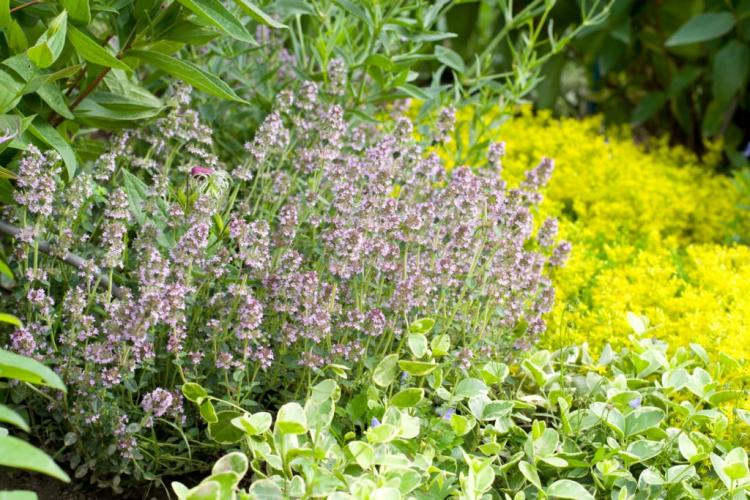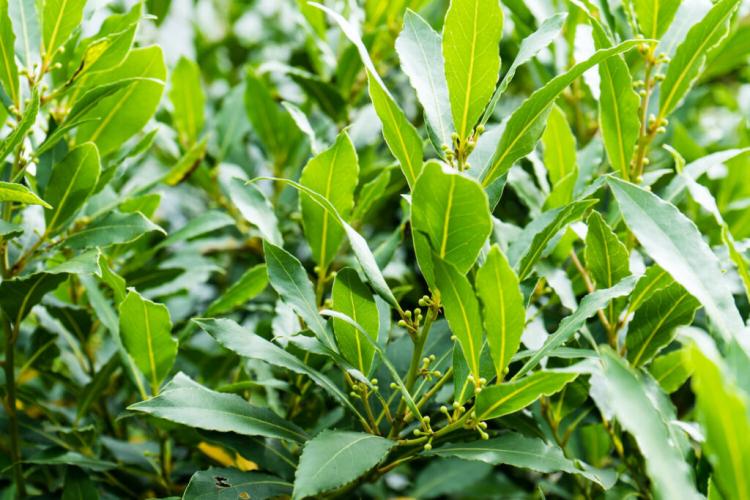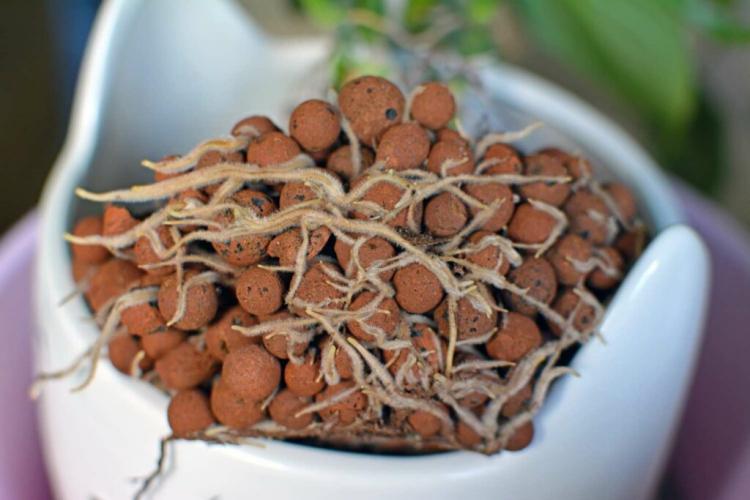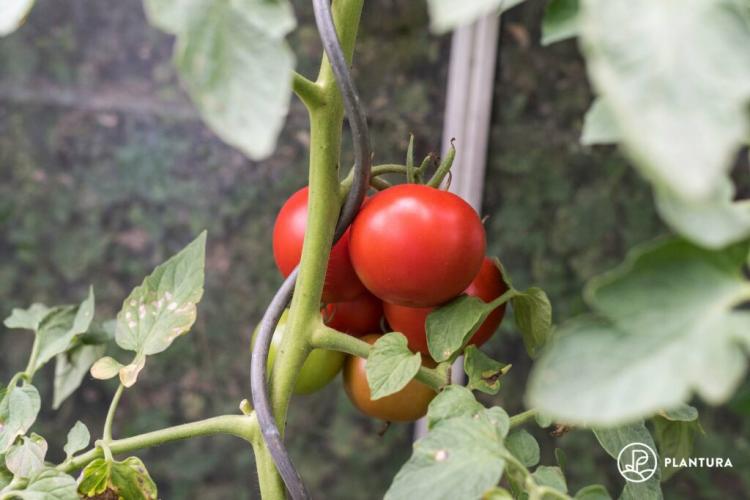Caring for tarragon: properly cutting and wintering
Tarragon can be found in different varieties in the garden. However, these must be maintained in the same way – we will show how.
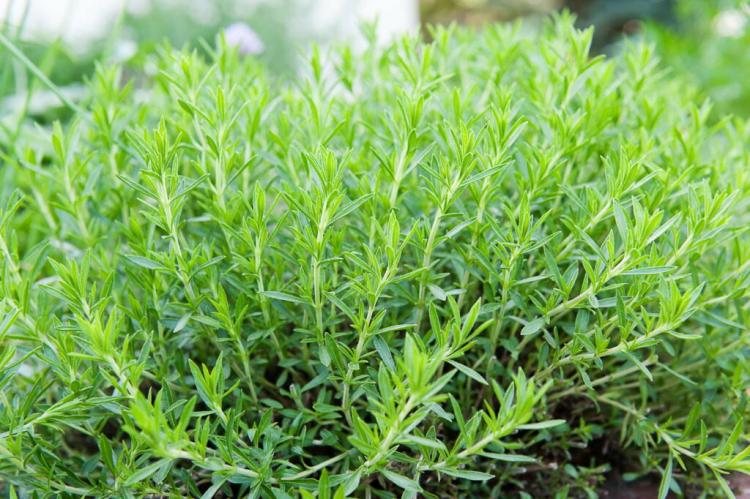
Tarragon feels good in the bed, but also in the pot [Photo: Michal_R / Shutterstock.com]
Cut tarragon properly
Tarragon is cut before the onset of winter. All shoots are cut off about 10 cm above the surface of the earth. In the following spring, fresh, young shoots emerge vigorously. The above-ground parts of the plant can of course also be left over the winter. Then they can serve as winter protection. However, this usually delays new growth in the following spring for a certain period of time.
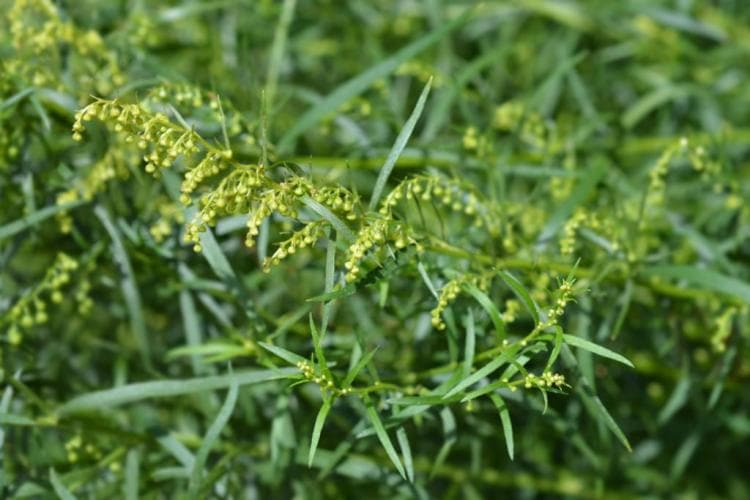
The harvest always takes place before flowering [Photo: Iva Villi / Shutterstock]
Hibernate tarragon properly
Depending on the variety, tarragon has a certain winter hardiness. While the German tarragon ( Artemisia dracunculus cv.) Is quite frost-resistant, the Russian tarragon ( Artemisia dracunculus var. Inodora ) hardly tolerates cold. The French tarragon ( Artemisia dracunculus var. Sativus ) can at least bristle temperatures down to -10 ° C. Nevertheless, regardless of the variety, it is advisable to protect the tarragon from the threat of damage from a too harsh winter. Specimens that have been planted in the bed can be covered with twigs, twigs or a protective layer of leaves. In spring, the materials should then be removed at times so that it doesn't get too stuffy underneath and the plant threatens to go moldy. Plants that are cultivated in pots can either be placed in the brightest possible place in winter at an optimal temperature of 10 ° C (attention: do not forget to water!). Another option is to leave the planters outside in place during the winter, provided they are wrapped in warm garden fleece or bubble wrap and thus protected from the winter cold.
Tip : If tarragon is repotted in the course of maintenance, fresh soil should be used to provide sufficient trace elements again. Soils with a high compost content, such as our Plantura organic universal soil, provide all these important nutritional elements so that there are no deficiency symptoms.
If you want to find out more about the different tarragon varieties, you will find what you are looking for in this special article.

